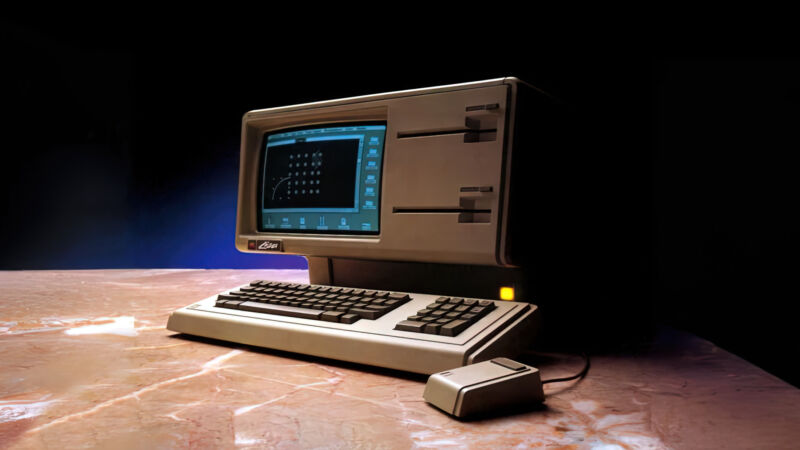
reader comments
75 with 0 posters participating
As part of the Apple Lisa’s 40th birthday celebrations, the Computer History Museum has released the source code for Lisa OS version 3.1 under an Apple Academic License Agreement. With Apple’s blessing, the Pascal source code is available for download from the CHM website after filling out a form.
Lisa Office System 3.1 dates back to April 1984, during the early Mac era, and it was the Lisa equivalent of operating systems like macOS and Windows today.
The entire source package weighs is about 26MB and consists of over 1,300 commented source files, divided nicely into subfolders that denote code for the main Lisa OS, various included apps, and the Lisa Toolkit development system.
-
An excerpt of the Apple Lisa OS 3.1 “Twiggy” floppy driver written in Pascal.
-
An excerpt of the Apple Lisa OS 3.1 “Twiggy” floppy driver written in Pascal.
-
An excerpt of the Apple Lisa OS 3.1 “Twiggy” floppy driver written in Pascal.
First released on January 19, 1983, the Apple Lisa remains an influential and important machine in Apple’s history, pioneering the mouse-based graphical user interface (GUI) that made its way to the Macintosh a year later. Despite its innovations, the Lisa’s high price ($9,995 retail, or about $30,300 today) and lack of application support held it back as a platform. A year after its release, the similarly capable Macintosh undercut it dramatically in price. Apple launched a major revision of the Lisa hardware in 1984, then discontinued the platform in 1985.
defined important conventions that we still use in windowing OSes today, such as drag-and-drop icons, movable windows, the waste basket, the menu bar, pull-down menus, copy and paste shortcuts, control panels, overlapping windows, and even one-touch automatic system shutdown.
With the LisaOS source release, researchers and educators will now be able to study how Apple developers implemented those historically important features four decades ago. Apple’s Academic license permits using and compiling the source code for “non-commercial, academic research, educational teaching, and personal study purposes only.”
The Computer History Museum had previously teased the release of the code in 2018, but after spending some time in review, they decided to hold back its release until the computer’s 40th birthday—the perfect gift to honor this important machine’s legacy.



